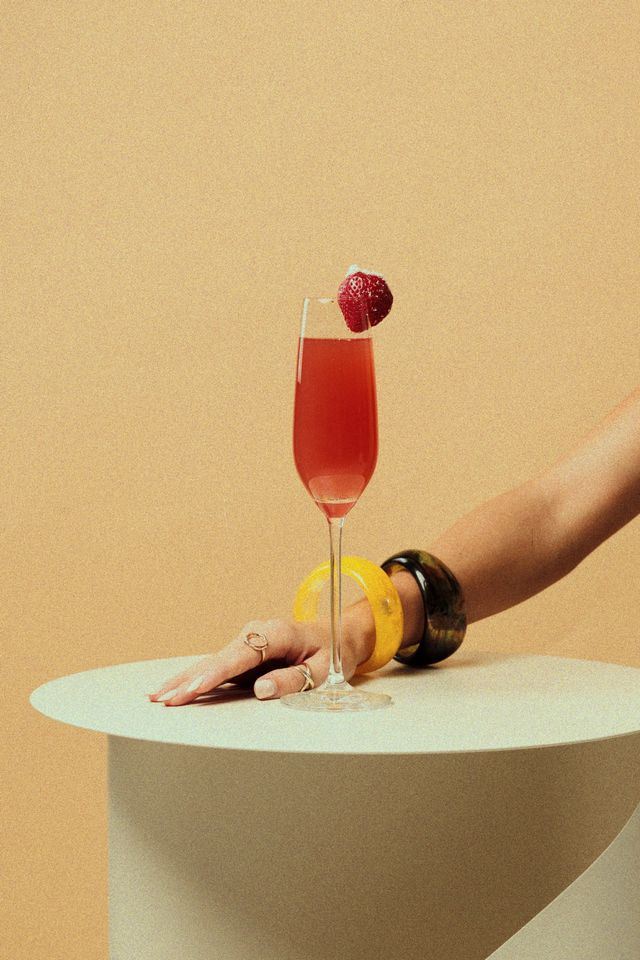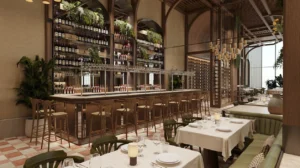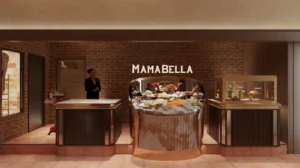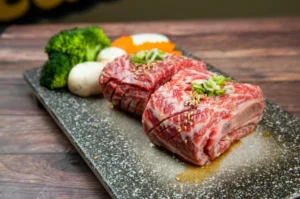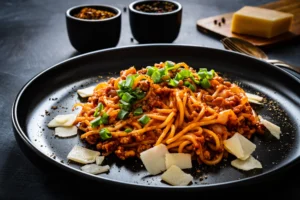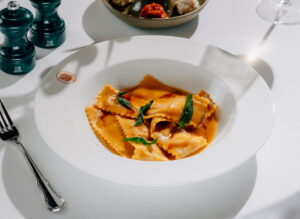At MamaBella inside Kempinski, The Boulevard, Dubai, we celebrate Sardinian heritage with handcrafted pasta, wood-fired pizza, and a curated Italian wine program. For many guests, the label on the bottle can feel like a secret code. This decoder shows how to read Italian wine labels—especially DOC, DOCG, and IGT—so you can choose confidently and pair beautifully with our Mediterranean menu. As MamaBella prepares for launch, our wine list and experiences are being thoughtfully developed to reflect the island’s traditions and the warmth of family dining in Dubai.
Key Takeaways:
- Italian wine labels communicate region, grape, and classification—useful cues for pairing at MamaBella.
- DOC, DOCG, and IGT indicate origin control and production standards that help signal style and quality.
- Classic Sardinian grapes like Cannonau and Vermentino pair naturally with handcrafted pasta and wood-fired pizzas.
Planning a special evening or family gathering? Explore our evolving menus and experiences: view the menu concept and register your interest for a table.
What Do Italian Wine Labels Indicate?
Italian labels highlight where the wine comes from, how it was produced, and what you can expect in the glass. You’ll typically see the producer name, the region or specific appellation, the classification (DOC, DOCG, or IGT), the vintage, and the alcohol by volume (ABV). Together, these details help you anticipate style, body, and flavor intensity—useful when choosing a wine to complement Sardinian cuisine in Dubai.
Key Components to Notice
- Producer/Brand: Signals house style and craftsmanship.
- Region/Appellation: From broad regions to named areas; these shape flavor via climate and terroir.
- Classification: DOC/DOCG/IGT indicate rules for grapes, yields, and methods.
- Vintage: The harvest year, influencing freshness, structure, and aging potential.
- ABV: Often 11–15% for Italian wines; higher ABV can mean riper fruit and fuller body.
How to Read Italian Wine Labels Effectively
- Find the classification. DOC and DOCG denote protected origin with defined standards; IGT allows more flexibility and modern blends.
- Note the region. Tuscany, Piedmont, Veneto, and Sardinia each express distinct characters—from structured reds to crisp coastal whites.
- Check ABV and vintage. Match body and freshness to your dish (e.g., brighter whites for seafood, fuller reds for richer sauces).
- Identify grapes or styles. Chianti indicates Sangiovese; Barolo signals Nebbiolo; Cannonau and Vermentino spotlight classic Sardinian profiles.
- Skim any tasting cues. Labels sometimes mention fruit, spice, or mineral notes—useful prompts for pairing.
Italian Wine Classifications, Decoded
DOC, DOCG, and IGT Explained
IGT (Indicazione Geografica Tipica) offers freedom for producers to innovate with grape choices and blending. Expect expressive, approachable styles—handy when you’re exploring new pairings.
DOC (Denominazione di Origine Controllata) ties wine to a defined area and rule set—grapes, yields, and techniques—so you’ll find dependable regional character and quality.
DOCG (Denominazione di Origine Controllata e Garantita) is the most stringent tier, reserved for historically significant appellations with tighter controls. These wines often reflect classic styles with depth, structure, and aging potential.
Sardinian Wines to Know in Dubai
Sardinia’s coastal breezes, ample sunshine, and rocky soils yield wines with clarity and character—perfect for a Mediterranean table in Dubai. Two grapes lead the conversation:
- Cannonau (Grenache): Medium to full-bodied reds with red berry, subtle spice, and gentle tannins—versatile with tomato sauces and roasted meats.
- Vermentino: Crisp, aromatic whites with citrus, stone fruit, and a saline edge—lovely with seafood, herbs, and fresh cheeses.
You may also encounter Carignano (plummy, structured reds), Monica (soft, fruity reds), and Nuragus (light, refreshing whites). These varieties capture the island’s balance of sun-ripened fruit and sea-cooled freshness.
Pairing Guide: Wine with MamaBella’s Sardinian Dishes
1. Handcrafted Pasta
Our pasta is crafted daily with premium Mediterranean ingredients—San Marzano tomatoes, fragrant basil, and aged Parmigiano-Reggiano. Pair richly flavored ragù or slow-cooked sauces with Cannonau to echo savory depth. For delicate fillings like ricotta and spinach (think Sardinian culurgiones), choose Vermentino to brighten herbs and silkier textures.
2. Wood-Fired Pizza
Char-kissed crusts from the wood oven invite both reds and whites. Tomato-based pies love mid-weight reds (Cannonau or an IGT Sangiovese blend). For seafood or vegetable toppings, a zesty Vermentino or other coastal white keeps the palate refreshed. Explore more pairings on our wood-fired pizza page.
3. Seafood & Antipasti
From marinated seafood to seasonal antipasti, lean toward crisp whites with clean finishes. Vermentino’s citrus-mineral profile complements olive oil, lemon, and coastal herbs—flavors central to Sardinian cooking.
How to Choose Wine at MamaBella
Selecting a bottle becomes simple with a few steps:
- Know your preference. Red, white, or sparkling? Dry, fruity, or savory? Share it with our team.
- Ask for guidance. Our staff can suggest DOC/DOCG classics or nimble IGT styles to fit your meal and mood.
- Match the dish. Fuller reds for robust sauces and roasted meats; bright whites for seafood and herb-driven plates.
- Start by the glass. Sampling by the glass helps you explore before committing to a bottle.
As we finalize our pre-launch wine program, you can expect a hand-picked selection of Italian wines designed for family-style sharing. Keep an eye on our updates: Italian restaurant in Dubai and our blog.
Family Dining and Sardinian Heritage
Sardinian meals are about connection—large tables, shared plates, and the rhythm of stories passed between generations. At MamaBella, that spirit shapes our service: generous platters, dishes designed for sharing, and wines that bring conversations to life. Whether you gather indoors beneath rustic beams or outdoors in sun-lit spaces, the experience blends island tradition with Dubai’s modern elegance.
Quick Label Lookup: From Shelf to Table
- Seeing “DOCG” or “DOC”? Expect classic regional character and defined production standards.
- Spotting “IGT”? Anticipate creative blends or grape choices—great for discovering new favorites.
- Unsure about a name? Ask if it’s a grape (e.g., Vermentino) or a place (e.g., a DOC). We’ll translate the label into flavors and pairings.
- Choosing for a group? Cannonau covers a range of palates; Vermentino is a crowd-pleaser with seafood and salads.
Plan Your Visit
MamaBella is currently in a pre-launch phase at Kempinski, The Boulevard. Explore our story, discover our Sardinian focus, and be the first to hear about wine selections and tastings that celebrate Italy’s rich label traditions. For updates and dining inquiries, visit our Sardinian restaurant page or send a reservation request. To dive deeper into pairings, see our evolving guide to the best wine in Dubai.
